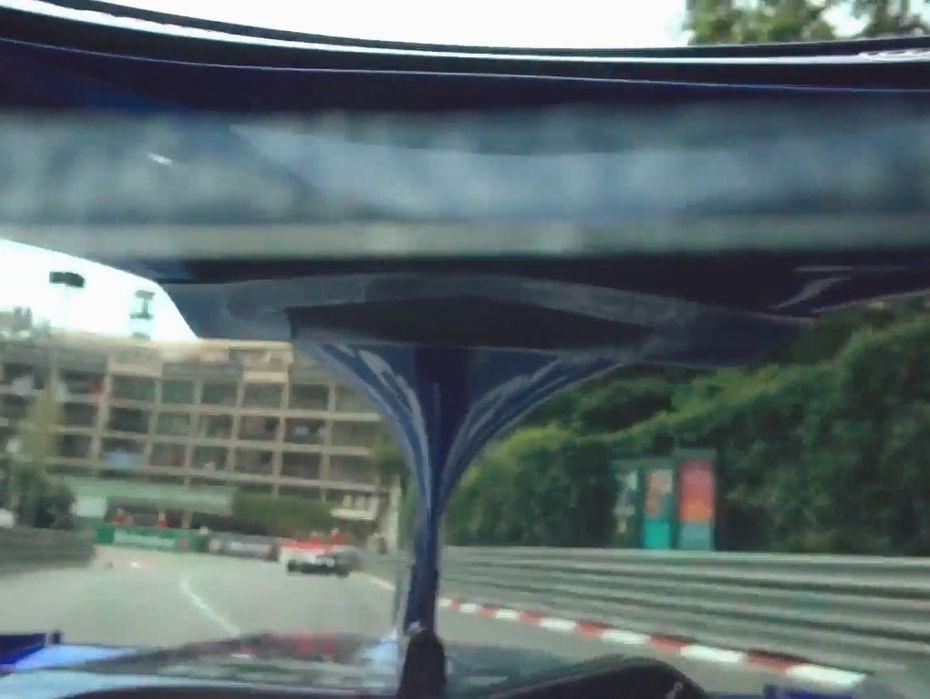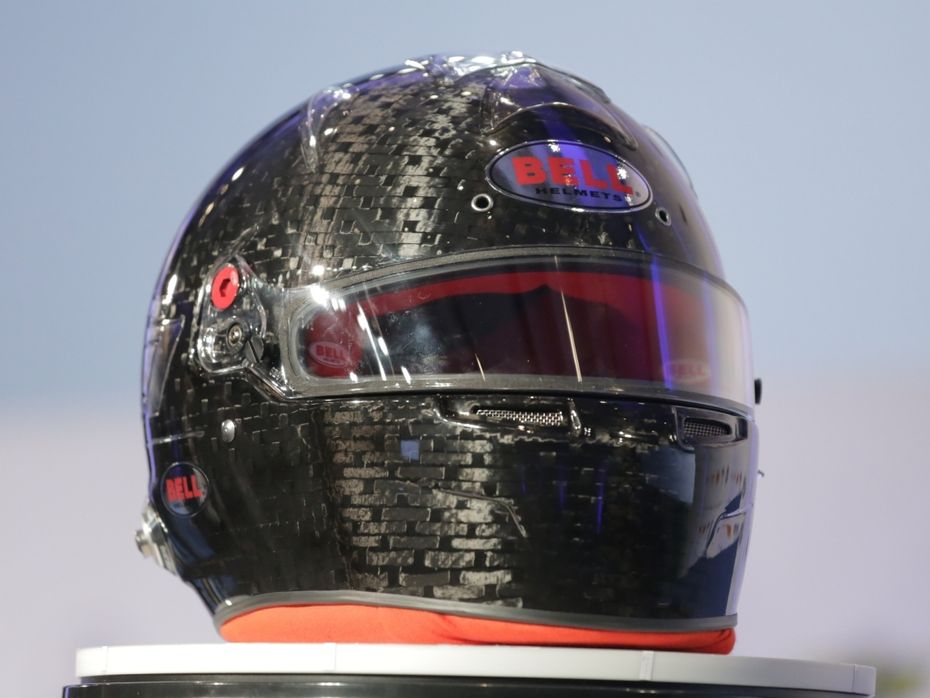
Auto Expo 2025 - All You Want To Know About The Hottest Auto Show!
- Jan 5, 2025
- Views : 6574


Formula 1 cars are bloody fast. Of course, if you accidentally stumble upon a race on your TV, you won't feel so because of the smooth camerawork. Nor will you feel the battle between the car and the driver, the intense physical effort to manoeuvre them and the amount of focus needed to keep the cars off the barriers. What you are about to see isn't even a fast lap by Toro Rosso’s Pierre Gasly. He is just driving around the Monaco circuit for reconnaissance. The helmet cam footage below helps us get a feel of the revs, bumps, speed and the pressures of driving a Formula 1 car. Headphones are absolutely necessary.
HELMET CAM 🎥
— Formula 1 (@F1) June 1, 2018
Feel the bumps. Hear the revs. See things from a new perspective.
Jump aboard @PierreGASLY's @ToroRosso for a very special #MonacoGP lap 👀 pic.twitter.com/Ic2xsIYOQv
Frenchman Gasly finished seventh in Monaco for Toro Rosso, while his teammate, Brendon Hartley, was not able to finish the race after colliding with Sauber of Charles Leclerc. This footage also gives us a clear view of the Halo head protection system and how the driver's view has changed with its addition.

A lot of steps have been taken to make F1 safer for the drivers given that the new cars are capable of going beyond 330kmph on the track, the latest move being the introduction of new and improved helmets, which will be made mandatory from next season onwards. The new shell is made out of advanced composite materials to ensure resistance to crushing and penetration. It even provides advanced ballistic protection and increased energy absorption. The front of the visor has also been lowered by 10mm to increase safety during impact from debris. Under the new FIA 8860-2018 standard, all helmets must withstand the following tests:

1. Standard impact: Helmet impact at 9.5m/s. Peak deceleration on ‘driver’s head’ shall not exceed 275G.
2. Low velocity impact: Helmet impact at 6m/s. Peak deceleration shall not exceed 200G with a maximum average of 180g.
3. Low lateral impact: Helmet impact at 8.5m/s. Peak deceleration shall not exceed 275G.
4. Advanced Ballistic Protection: A 225g metal projectile fired at 250kmph. The peak deceleration shall not exceed 275G.
5. Crush: A 10kg weight falling 5.1 metres onto the helmet. Lateral and longitudinal tests. The transmitted force should not exceed 10kN.
6. Shell penetration: A 4kg impactor dropped onto helmet at 7.7m/s.
7. Visor penetration: Air rifle fires 1.2g pellet at visor. Pellet must not penetrate the interior of the helmet.
8. Visor coating: Transmitter test to ensure colouration and vision is not significantly changed or distorted.
9. Retention system: Roll-off test and dynamic test to ensure strength of chin strap and its attachments.
10. Chin guard linear impact: Impact test with full headform at 5.5m/s. The peak deceleration shall not exceed 275G.
11. Chin guard crush: Hammer hits chin guard and measures ability to keep impact away from the head.
12. FHR mechanical strength: Test to ensure high strength of attachment points for Frontal Head Restraints.
13. Projection and surface friction: Test to ensure helmet surface uniformity and that friction is minimised. Shell surface also subjected to BARCOL hardness test for resistance to penetration.
14. Flammability: Helmet exposed to 790°C flame; it must self-extinguish once the flame is removed.
All this does seem a little overcooked. But hey, I barely go close to 70kmph on my daily drives. So who am I to complain!

Auto Expo 2025 - All You Want To Know About The Hottest Auto Show!

Mahindra BE 6 Launched: Price For The Top-spec Variant Is Out!

Volkswagen Golf GTI Set For India Launch In Mid 2025, Top 5 Things...

JSW MG Motor India Revealed Their New SUV, The MG Majestor At Auto...

Auto Expo 2025: Tata Sierra ICE Concept Breaks Cover, All Details...

VinFast VF3 vs MG Comet EV: A Detailed Comparison Of The Two Cute And...

Here’s A List Of All Cars That Will Be Coming To The Auto Expo...

2025 Tata Nexon Introduced With 3 New Variants And 2 New Colours

The Story Of Tata Sierra: An Icon India Missed And Now Eagerly Awaits
India's largest automotive community
 Kia Syros
Rs. 8.99 Lakh
Kia Syros
Rs. 8.99 Lakh
 Vayve Mobility Eva
Rs. 3.25 Lakh
Vayve Mobility Eva
Rs. 3.25 Lakh
 BMW X3
Rs. 75.80 Lakh
BMW X3
Rs. 75.80 Lakh
 Hyundai Creta Electric
Rs. 17.99 Lakh
Hyundai Creta Electric
Rs. 17.99 Lakh
 Lotus Emira
Rs. 3.22 Crore
Lotus Emira
Rs. 3.22 Crore